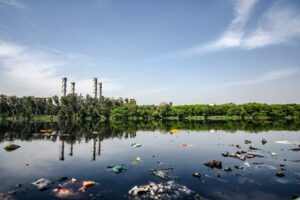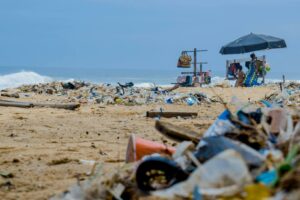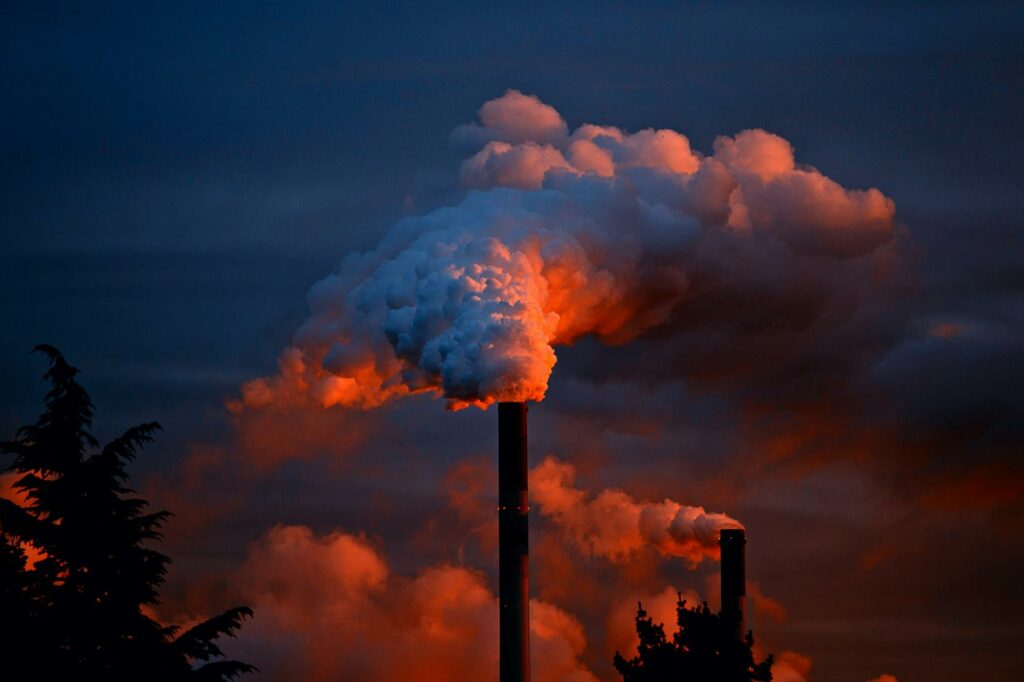As the world’s population continues to swell, more and more people are flocking to cities in search of better opportunities. This mass movement, known as urbanization, is transforming landscapes and lifestyles. But it’s also leaving a significant impact on our environment, particularly in the form of pollution.
Urbanization isn’t solely responsible for pollution, but it’s certainly a major contributor. The rapid growth of cities brings with it a surge in vehicles, factories, and waste, all of which can harm our air, soil, and water. This article will delve into the intricate relationship between urbanization and pollution, shedding light on why our urban lifestyles might be more damaging than we realize.
Understanding Urbanization and Pollution
Urbanization coupled with pollution has elements that intertwine to change the environmental landscape. The journey involves both definitions and complex relationships.
 Defining Urbanization
Defining Urbanization
Urbanization signifies the shifting population from rural to urban regions, mirroring economic growth and societal evolution. It’s an ongoing global phenomenon exemplified by the transformation of small towns into bustling cities. For example, historical transformations have been seen in places like Shanghai or Dubai, which once quiet areas are now among the world’s busiest cities.
Understanding the Concept of Pollution
Pollution entails the introduction of harmful or excessive quantities of substances into the environment. Its classification into air, water, and soil pollution speaks to the breadth of its impact. Causes can range from industrial byproducts to vehicular emissions, demonstrating the destructive results of human activities. For instance, emissions from factories can lead to air pollution, while untreated sewage dumped into water bodies contributes to water pollution.
Why Is Urbanization Contributing To Pollution
Emerging from the previous insights, it becomes pertinent to detail the reasons propelling pollution through the lens of urbanization. The connection lies within the realms of the rapid urban growth and the consequential expansion contributing heavily to environmental degeneration.
Urbanization’s Rapid Growth
As an unequivocal global phenomenon, urbanization signifies a transformative period, from quiet rural communities, to populated, flourishing cities. Throughout history, this process continues at an unprecedented pace. For instance, statistics from the United Nations reveal that the global urban population surged from a mere 746 million in 1950, towards a staggering 4.2 billion in 2018, indicating a lion’s share of urban population growth. This increased urbanization challenges the contemporary arrangements for managing environmental and public health, exacerbating the pollution problem.
How Urban Expansion Contributes to Pollution 
Essentially, urban expansion transpires as a major pollutant in itself, given the variety of pollutant sources involved. Chiefly, the new infrastructure constructions in urban areas involve large-scale land clearing, resulting in sturdy soil erosion and urban runoffs, contributing significantly to water and soil pollution. Moreover, these urbanized areas demand heightened production from factories, resulting in increased air pollution due to the release and accumulation of noxious gases from industrial operations. Lastly, the increased vehicular usage in these urban locales exacerbates air pollution through vehicular emissions. As illustrated in a report by the World Health Organization, air pollution from transport accounts for approximately 25% of energy-related carbon dioxide emissions, a number which only surges with the growth of urbanization. Thus, fulfilling the needs of urbanization inadvertently amplifies pollutant concentrations, subsequently causing environmental harm.
An Undeniable Reality
 Urbanization’s impact on pollution is an undeniable reality. The transformation from rural areas to bustling cities has led to increased pollution from vehicles, factories, and waste. Cities like Bangalore are grappling with water scarcity, while others like Rio de Janeiro struggle with water pollution from untreated sewage and industrial effluents. Waste management has emerged as a significant challenge in urban centers, with cities like Jakarta and Nairobi facing landfill overflow and drainage clogs respectively. However, hope isn’t lost. The adoption of sustainable urban development strategies such as managing population density, using sustainable resources, and implementing green initiatives is proving to be effective in cities like Stockholm, Singapore, and San Francisco. The fight against urban pollution is on, and it’s a battle we cannot afford to lose.
Urbanization’s impact on pollution is an undeniable reality. The transformation from rural areas to bustling cities has led to increased pollution from vehicles, factories, and waste. Cities like Bangalore are grappling with water scarcity, while others like Rio de Janeiro struggle with water pollution from untreated sewage and industrial effluents. Waste management has emerged as a significant challenge in urban centers, with cities like Jakarta and Nairobi facing landfill overflow and drainage clogs respectively. However, hope isn’t lost. The adoption of sustainable urban development strategies such as managing population density, using sustainable resources, and implementing green initiatives is proving to be effective in cities like Stockholm, Singapore, and San Francisco. The fight against urban pollution is on, and it’s a battle we cannot afford to lose.



